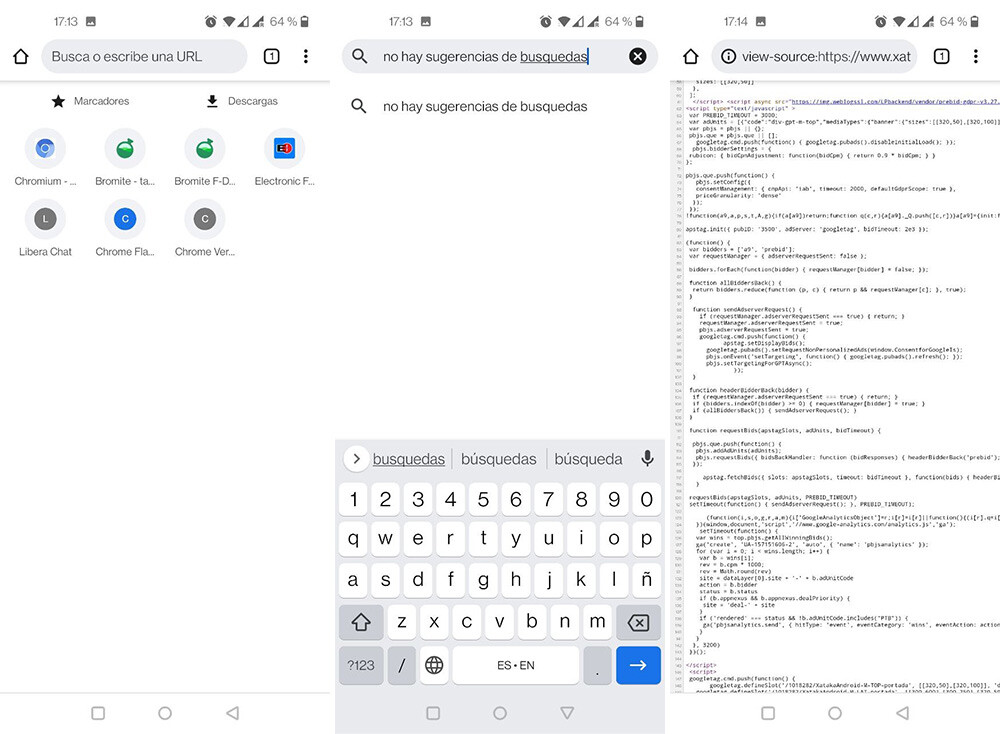
Real-world end-users interact with the website using browsers, for example, in a real Chrome browser. This allows testers to simulate the most identical user journey as in the real world scenario.Īdvantages of Real Browser-based Load Testing
#CHROME BASED BROWSERS HOW TO#
For example, which button to click, where to navigate, what information to feed in input boxes, how to interact with an element, when to interact with an element, and so on. Browser-based load testing scripts have instructions related to actual navigation and interaction on the website. The virtual users in browser-based load testing are called Browser Level Users (BLU). This creates an almost identical environment as real users in the real world. Browser-based Load Testing (Using a regular Chrome Browser)īrowser-based load testing simulates real-users by creating regular Chrome browser instances through load generators, and the website under test is navigated with the help of simple scripts.In this article, we are going to talk about the following three widely used load testing approaches: As the technology and user experience are evolving, using real a Chrome browser allows testers to use a more realistic environment required for simulating real-users, and more accurate load test results. Until recently, protocol-based load testing was the only method to test the website for the expected load conditions.

Load testing provides useful data that can improve your website performance and increase stability for expected load conditions. Load testing is a vital part of performance testing used to determine the behavior of a website, application, or software under normal and peak conditions.

Either you have a new website, or just developed some features that your users require, how do you make sure your website performs well when a high number of users start interacting with it? The answer is Load testing.


 0 kommentar(er)
0 kommentar(er)
